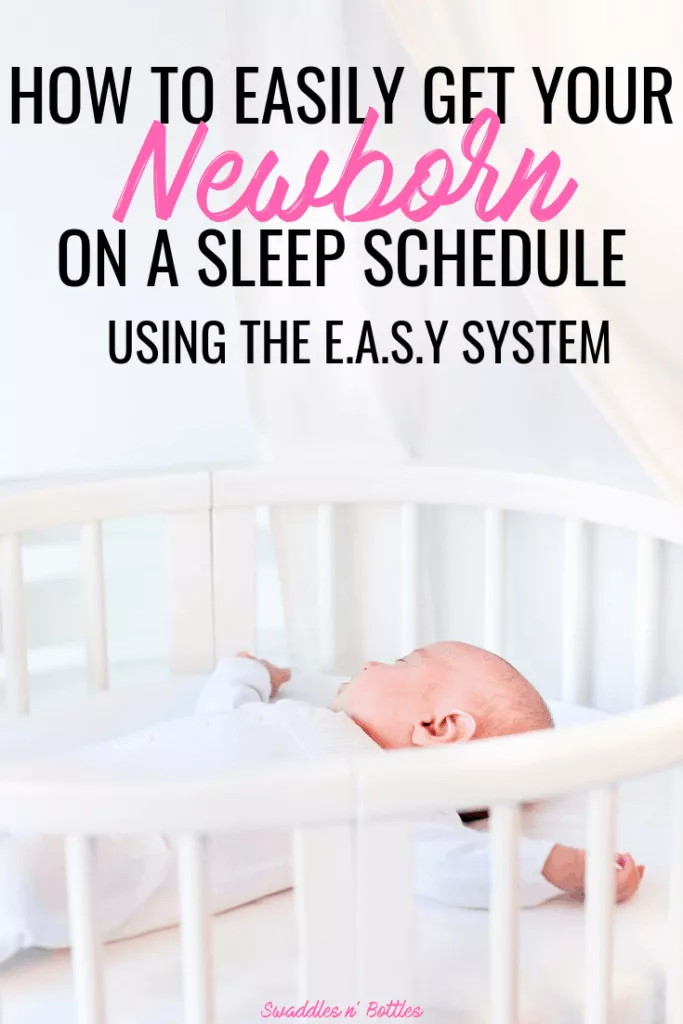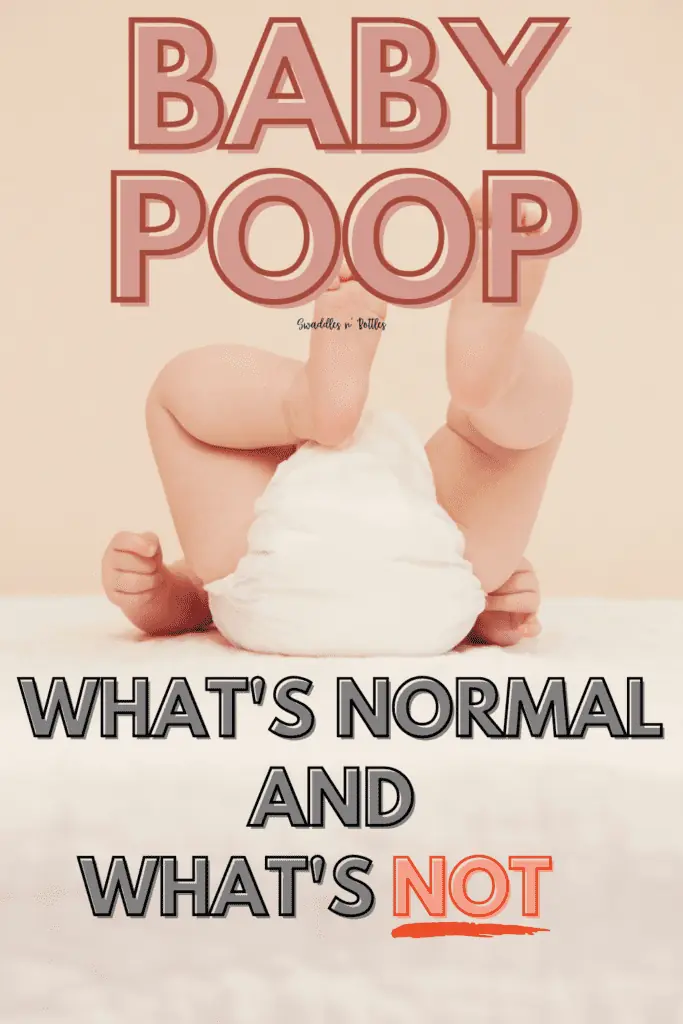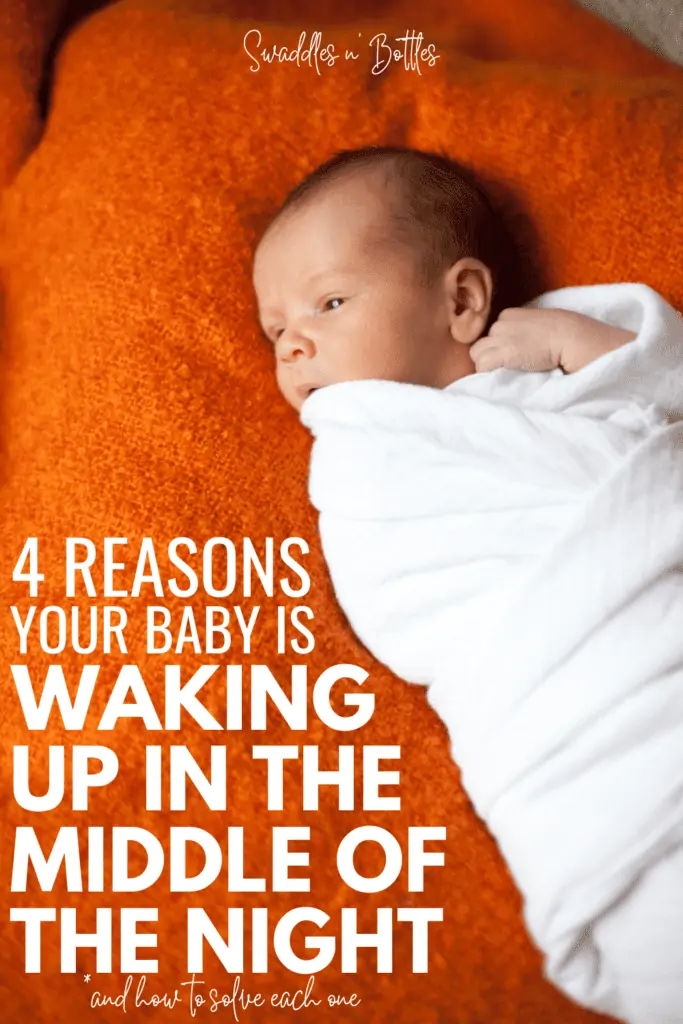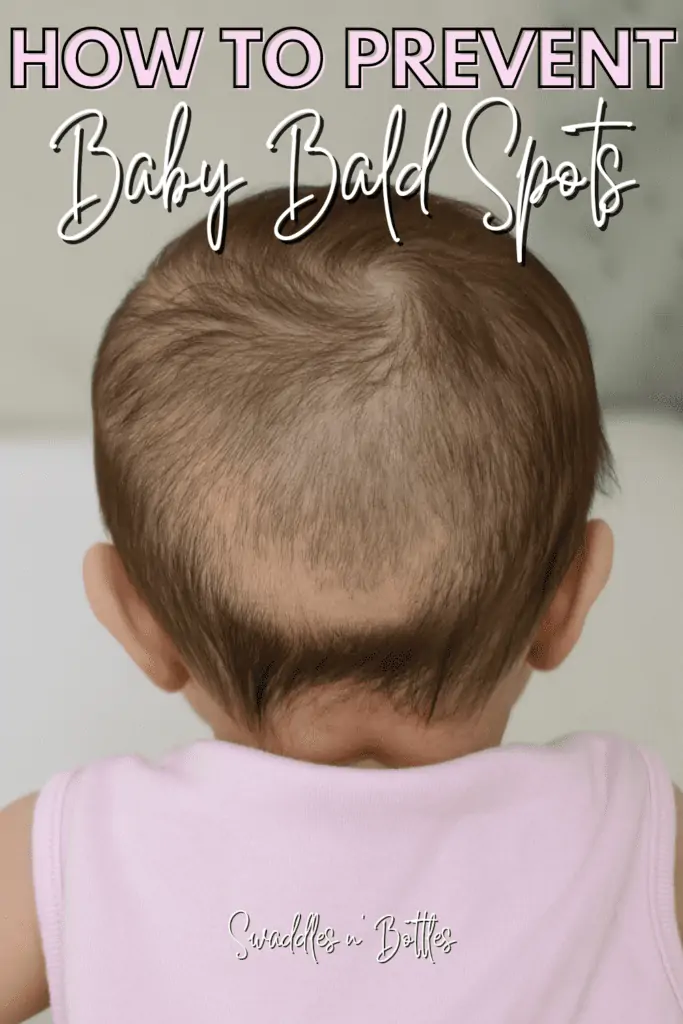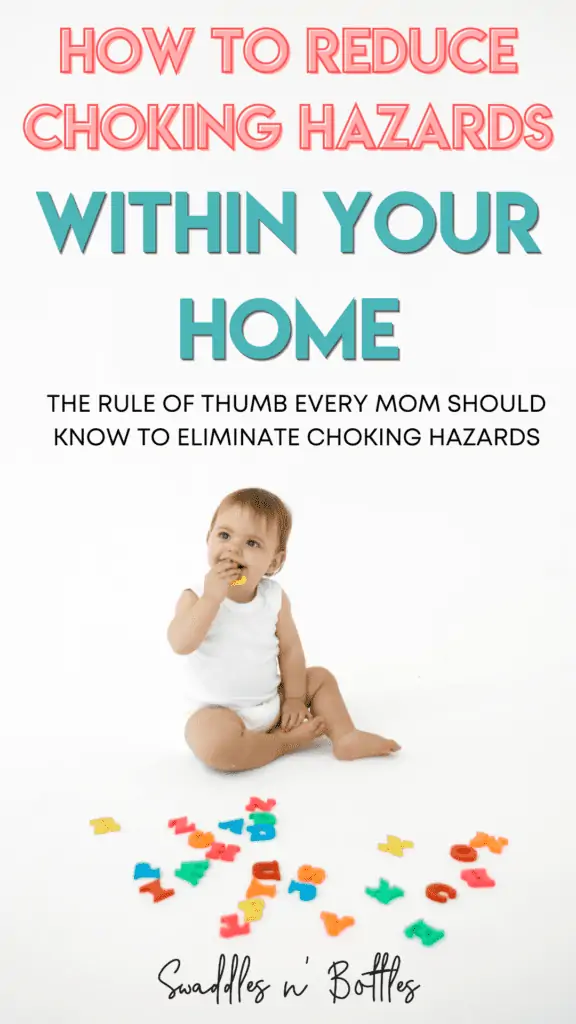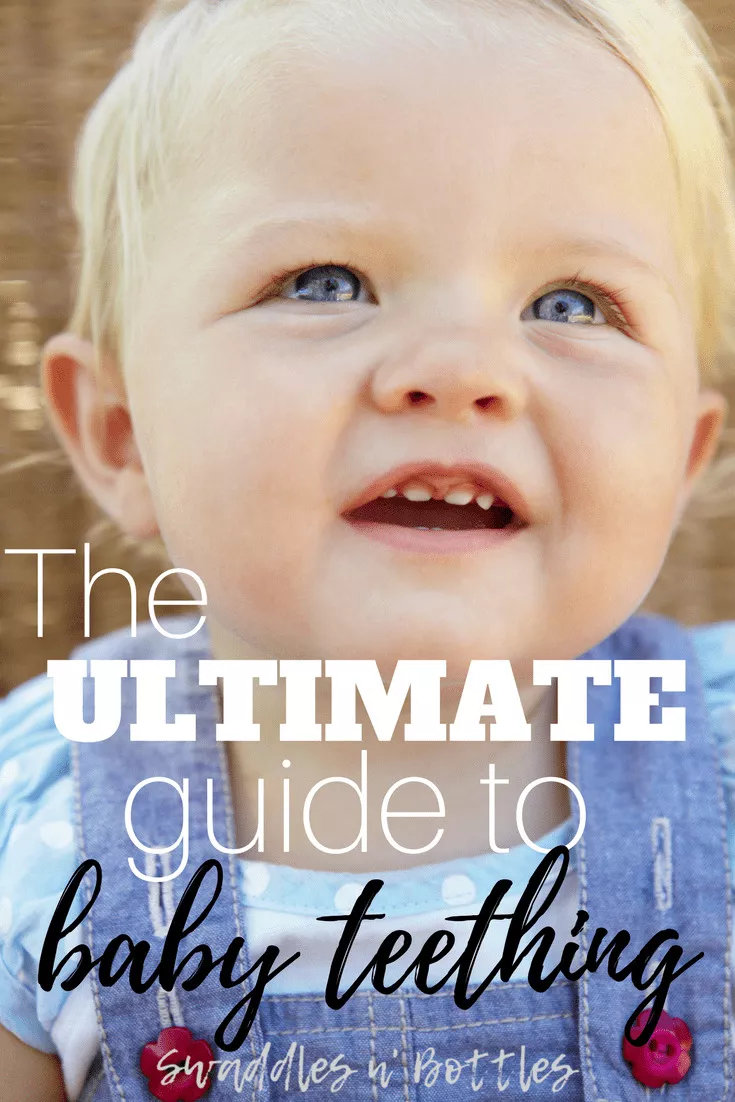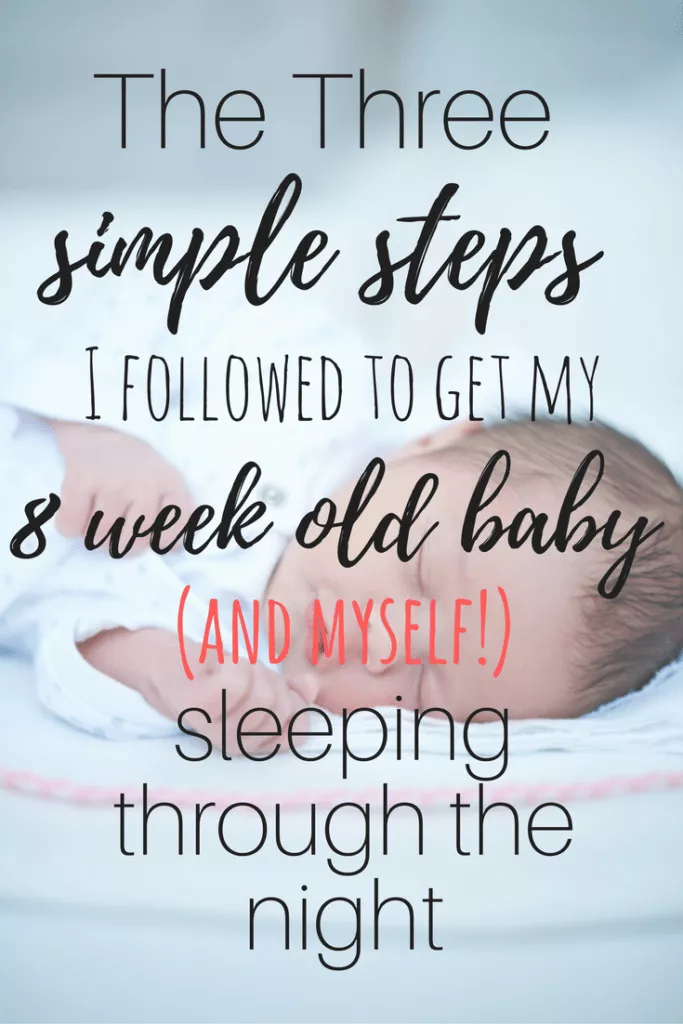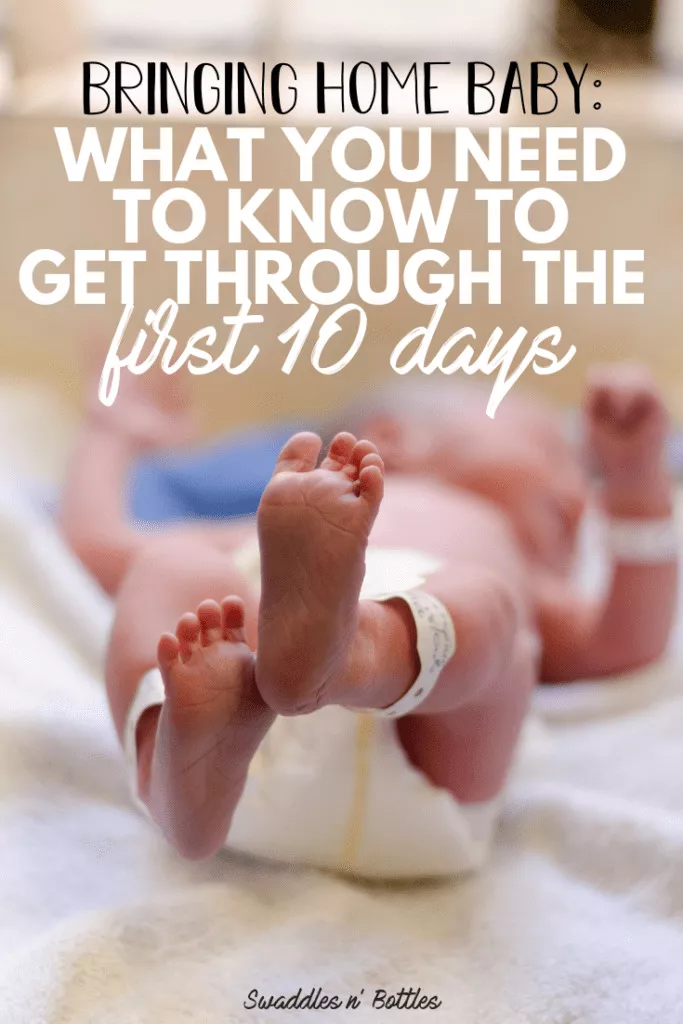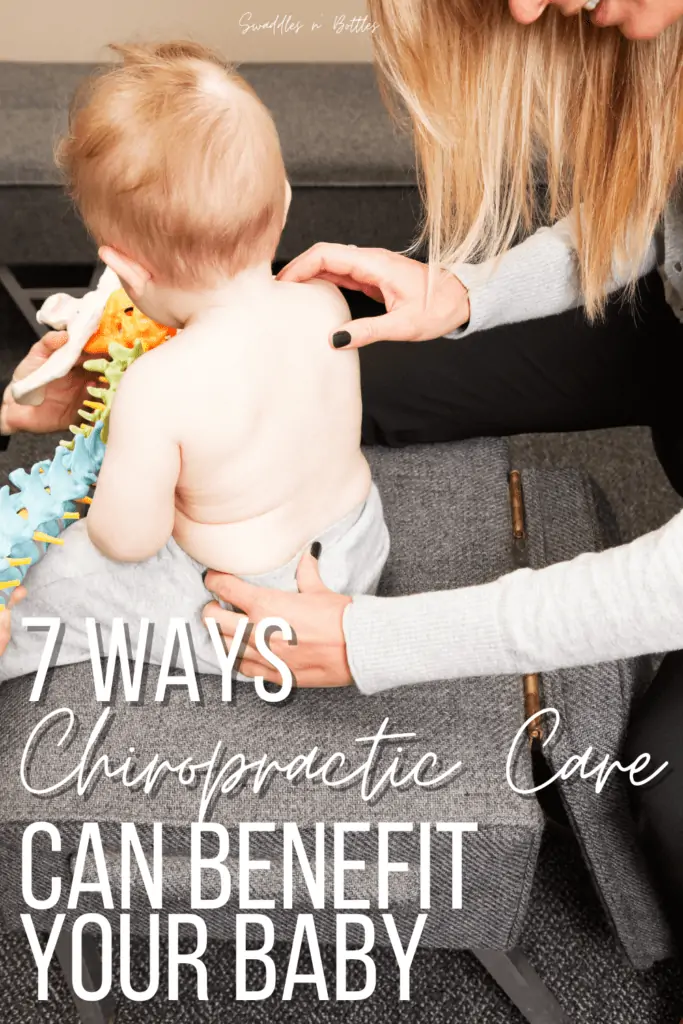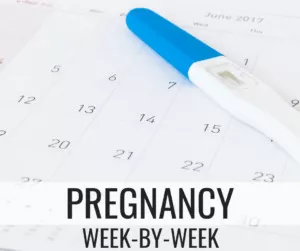It was not until I had my third child that I truly came to appreciate the differences between each and every baby. My three might be siblings and resemble each other physically, but their similarities end there. Every one of my babies was unique; likes and dislikes, personalities and even their little attitudes and facial expressions were all so different. Their most differentiating quality though? Their sleeping habits.
Looking back now, I sabotaged my firstborn son’s sleep patterns. I was so stuck on everything I’d read suggesting he needed to be in his crib, by himself, learning to self soothe from day one. I’d nurse in a rocking chair in his room and then immediately try to lay him back in his crib nearly fully awake from all the jostling around and then attempt to sneak out of the room, expecting him to sleep. How did this plan work out, one might ask? Well, I spent most nights during the first three months literally pinching myself to stay awake during the day from sheer exhaustion, to answer that question! I had no idea how I was supposed to teach this tiny boy to sleep during the night, not the day and how to go back to sleep after feeding.
With my second and third babies, I smartened up. I did what worked for ME and not anyone else. Both Hayley and Carter slept in bassinets in the middle of the bed or next to my side of the bed for quick access for nursing, soothing and repositioning for sleep. Hayley refused to sleep at all in her own room until she was nearly nine-months-old and so I just followed her lead and in my room she stayed. I got so much more sleep with my second and third babies just simply by doing what worked for me. Instead of reading professional opinions till the cows came home, I made sure what I was doing was safe for my baby and as long as it was, that’s what we did.
During pregnancy with baby number two, I’d found something called a “Eat, Activity, Sleep, You Time” rhythm and decided to give it a try. I hesitate to use the word ‘routine’ because the newborn stage is so highly unpredictable and it might even be overwhelming to a new mom, if she’s anything like me, to try to introduce a concrete routine to someone so little. However, following this loose rhythm and being in tune with the baby’s cues was super helpful when it came to structuring our day and preventing an overtired newborn.
Let’s Dissect the Babywise E.A.S.Y method – Eat, Activity, Sleep, You Time
EAT
Pretty self explanatory, right? Eating usually begins any given segment of the day because babies eat SO often in their first few months. Eating = growing and we want them to do as much growing as they can!
ACTIVITY
As with the natural progression of an adult’s day, we wake up, eat and then head out to do whatever is on the agenda for the day. The EASY method encourages this natural progression from infancy. Infants should expect that they’ll eat and then interact, communicate with and explore the various people and places in their world before taking their next nap.
SLEEP
The major focus of this schedule, in my personal opinion, is that sleep comes after activities/playtime and not as something done directly after, or during, a feeding. Many critics have issues with this simply because in the newborn stage when mom is so fatigued, it can be much easier to simply nurse the baby to sleep as this may come naturally. Babywise, however, stands confidently behind this concept of sleeping after activity (as opposed to eating) as it will teach baby that they do not need a bottle or to nurse in order to sleep.
YOU TIME
One part of the EASY method that I think is of vital importance – the focus on MOM for once. Moms need to be able to shower, eat and ultimately be their normal selves postpartum. EASY reiterates to mom that yes, baby and her needs are top priority, but when baby is asleep, it’s time for her and that time is sacred. This is critical to postpartum mental, emotional and physical health!
CRITICS of EASY
As with anything parenting related, there are critics. Again, I will tell you, do what works for you. Nobody does this parenting thing perfectly – NOBODY. This EASY method will work for many, that’s why it’s so popular! However, MANY is not ALL and therefore, focus on what is best for you and your baby. If you’re struggling, give the EASY method a try – what do you have to lose (certainly not any more sleep, I’m sure!)?
So, what do the critics say? They’ll reiterate that newborns and young babies (zero to three months) often will nurse or feed themselves to sleep. It’s a natural feeling to become tired as their belly fills and so they question why you’d wake this nearly sleeping baby in an attempt to make them “play”. Decent point. The focus here, though, is taking away this link between feeding and sleeping so that infants will not become dependent on nursing or a bottle for sleep as they get older. Babywise is speaking more towards the still-awake-but-kind-of-drowsy after feeding, type of infant, when they say that activities should come next, instead of sleep.
How EASY can really make life EASIER
The EASY method offers a loose schedule for struggling new moms and dads who are really trying their best to understand their infant’s cues and sleep needs. This type of rhythm with the baby encourages specified periods of time for baby to be awake and curious about their world, encouraging connections and experiences with their caregivers. This method also gives special focus on postpartum mom and her unique mental, emotional and physical needs that become highlighted during that period of “you time”.
With Babywise EASY, parents may learn and adapt to their infant’s unique cues regarding feeding, sleepiness and even likes and dislikes, since their “schedule” literally depends on them. Parents may recognize early signs of tiredness, such as eye rubbing or yawning. Recognizing cues will allow parents to put their baby to bed before they become too overtired and refuse to sleep or become too cranky to do so. Further, cues also help parents begin the process of putting infants in bed partially awake so they learn to soothe and put themselves to sleep.
Remember, newborns sleep 14-17 hours per day!! This means it is not likely one can implement the EASY method until closer to two or three months when their infant’s awake time during the day progresses to something closer to distinguishable. Those first few weeks should simply focus on teaching a baby the difference between night and day and getting as much rest for both mom and baby as possible. Night and day differentiating can be done by introducing light and noise in the waking hours and then darkening the rooms and volume of the house.
Sleep is a focal point during the first few months of infancy and new parents often struggle to understand their newborn’s unique needs. Hopefully, using the knowledge of the Babywise EASY method and the sleep needs of an infant will make newborn life postpartum less stressful and more enjoyable!
Resources and Further Reading
Meet The Author:

Ashley Lavoie is a married mom of three living in Southern NH. She loves to write and do kids activities and crafts with her children. She loves being outdoors, reading and learning new things! She found herself a stay-at-home-mom following the Neonatal Diabetes diagnosis of her youngest son when he was just six months old. Now, she is a freelance writer and advocate for Neonatal and Type One Diabetes and ADHD, running a blog as a means of therapy and a little extra income for her family!

